Osborne Clarke

Ficus lyrata
Common name:
Fiddle-Leaf Fig
Latin name:
Ficus lyrata
Origin:
Africa
Air cleaning score:
5/10
Other varieties:
Ficus elastica (Rubber Plant)
Random Fact
In its natural habitat, which is the tropical rainforests of West Africa, the plant can produce small, greenish flowers and fig-like fruit. However, the conditions required for flowering—such as specific light, humidity, and temperature—are difficult to replicate indoors, making it an unusual event for indoor fiddle-leaf figs to flower.
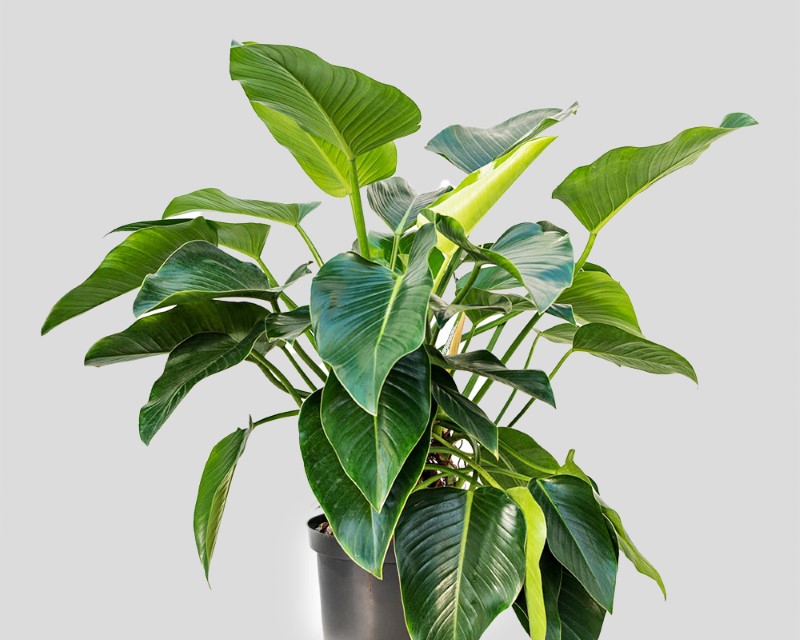
Philodendron ‘Green Beauty’
Common name:
Green Beauty Philodendron
Latin name:
Philodendron ‘Green Beauty’
Origin:
Central and South America
Air cleaning score:
7/10
Other varieties:
Philodendron hederaceum , Philodendron bipinnatifidum
Random Fact
Philodendron ‘Green Beauty’ is a climber that can grow impressively tall outdoors, reaching up to 90 feet. However, indoors it typically stays around 12 feet.
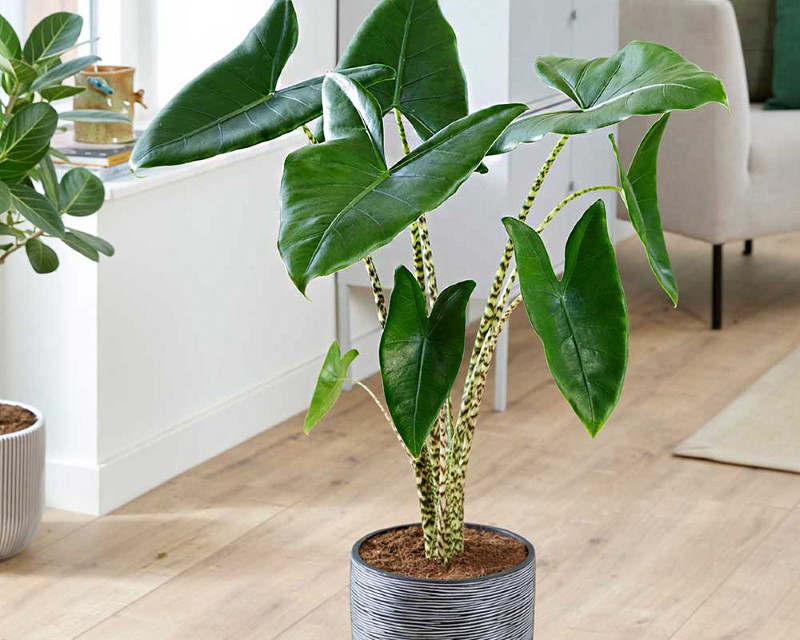
Alocasia Zebrina
Common name:
Elephant Ear ‘Zebrina’
Latin name:
Alocasia zebrina
Origin:
Southeast Asia, specifically from the Philippines and surrounding regions
Air cleaning score:
8/10
Other varieties:
Other popular Alocasia species include Alocasia amazonica (Amazonian elephant ear) and Alocasia macrorrhizos (Giant taro)
Random Fact
Alocasia zebrina is known for its distinctive arrow-shaped leaves with zebra-like stripes, which can grow up to 2 feet long and have earned it the nickname “zebra plant.”

Anthurium ‘Birdnest’
Common name:
Bird’s Nest Anthurium
Latin name:
Anthurium ‘Bird’s Nest’
Origin:
The hybrid Anthurium ‘Bird’s Nest’ originates from various species of Anthurium native to tropical regions of Central and South America, including Colombia and Ecuador
Air cleaning score:
9/10
Other varieties:
Other notable Anthurium hybrids include Anthurium andraeanum (Flamingo Flower) and Anthurium clarinervium (Velvet Leaf Anthurium)
Random Fact
Anthurium ‘Bird’s Nest’ is prized for its unique foliage arrangement, resembling a compact nest with shiny, dark green leaves that grow in a clustered rosette formation. It typically produces bright red spathes (modified leaves) with contrasting yellow spadices (flower spikes).
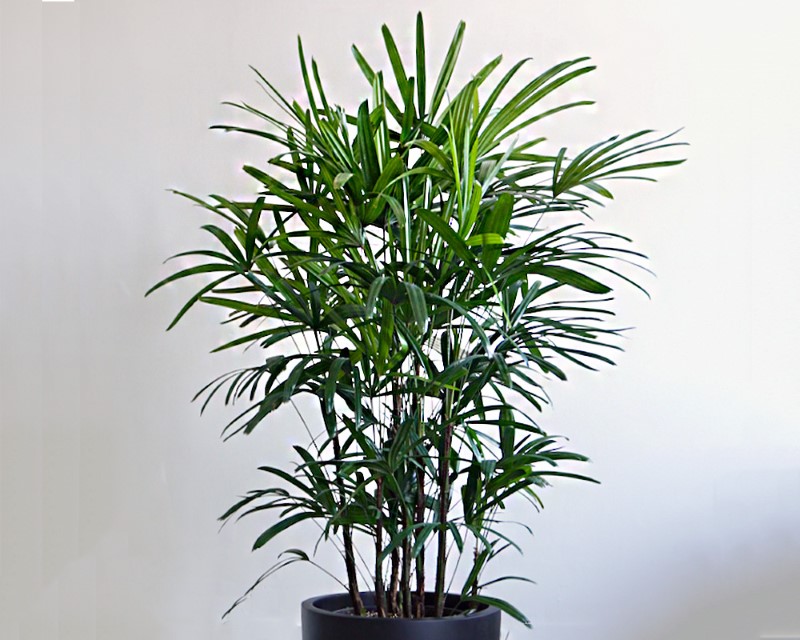
Rhapis Excelsa
Common name:
Lady Palm
Latin name:
Rhapis excelsa
Origin:
Rhapis excelsa is native to Southern China and Taiwan
Air cleaning score:
8/10
Other varieties:
Other species in the Rhapis genus include Rhapis humilis and Rhapis multifida, each with their own distinct leaf shapes and growth habits
Random Fact
Rhapis excelsa, commonly known as the Lady Palm, is a popular indoor plant valued for its tolerance of low light conditions and air-purifying qualities. It features slender, bamboo-like stems clustered with fan-shaped leaves that have a glossy, dark green appearance.
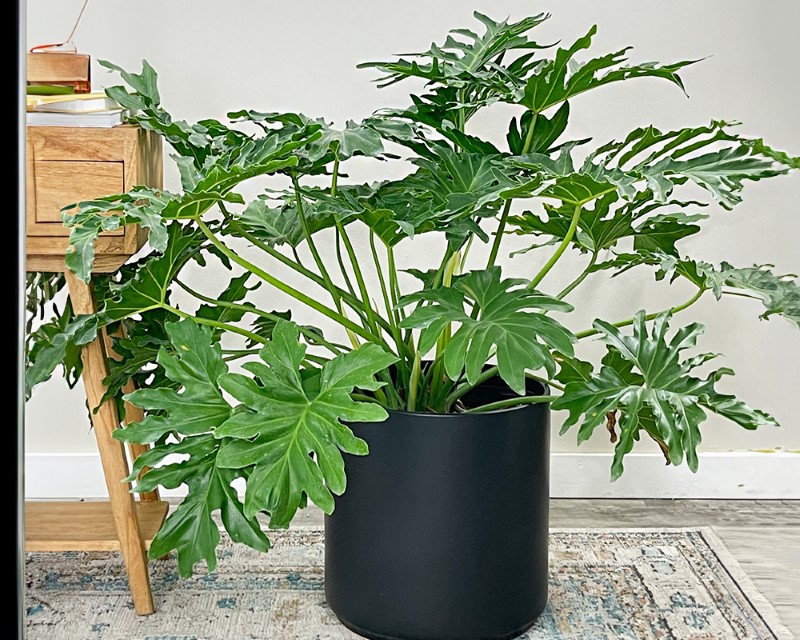
Philodendron Selloum
Common name:
Tree Philodendron
Latin name:
Philodendron selloum
Origin:
Native to the rainforests of South America, particularly Brazil and Paraguay
Air cleaning score:
9/10
Other varieties:
Philodendron bipinnatifidum (also known as Philodendron ‘Hope’) and Philodendron xanadu are close relatives with different leaf shapes and growth habits
Random Fact
Philodendron selloum is not just a plant, but a living air purifier. Its large, deeply lobed leaves act like natural air filters, trapping dust and pollutants, while its rapid growth rate ensures continuous air renewal in indoor spaces.

Kentia (Howea) Forsteriana
Common name:
Kentia Palm
Latin name:
Howea forsteriana
Origin:
Native to Lord Howe Island, a remote island off the east coast of Australia
Air cleaning score:
7/10
Other varieties:
Howea belmoreana (Sentry Palm) is closely related but has shorter and more upright fronds compared to the elegant arching fronds of Howea forsteriana
Random Fact
The Kentia Palm (Howea forsteriana) has a fascinating history as a symbol of luxury and elegance. It gained popularity during the Victorian era as an indoor palm for grand estates, favored for its graceful fronds that arch gracefully downwards. It’s often referred to as the “Parlor Palm” due to its ability to thrive in low light conditions, making it a versatile and enduring choice for interior landscapes.

Strelitzia Nicolai
Common name:
Giant White Bird of Paradise
Latin name:
Strelitzia nicolai
Origin:
Native to South Africa, specifically in coastal forests and riverbanks
Air cleaning score:
8/10
Other varieties:
Strelitzia reginae (Bird of Paradise) is a smaller species with vibrant orange and blue flowers, contrasting with the larger foliage of Strelitzia nicolai
Random Fact
Strelitzia nicolai, also known as the Giant White Bird of Paradise, is not just a plant but a statement piece in any garden or indoor space. It’s renowned for its large, banana-like leaves that can grow up to 10 feet long and 18 inches wide, giving it a majestic presence. Interestingly, it belongs to the same family as the well-known Strelitzia reginae (Bird of Paradise), but Strelitzia nicolai tends to be taller and more tree-like in appearance.
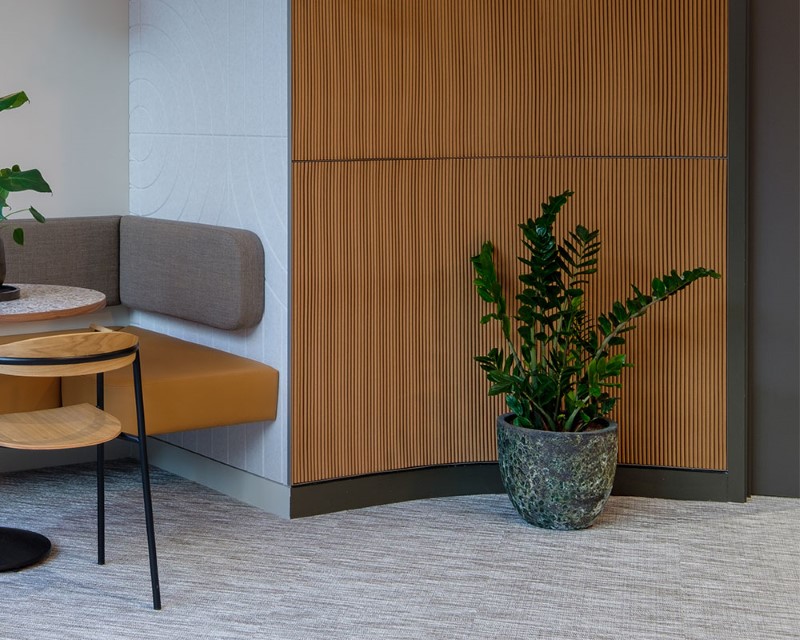
Zamioculcas Zamiifolia
Common name:
ZZ Plant
Latin name:
Zamioculcas zamiifolia
Origin:
Native to Eastern Africa, specifically Kenya and Tanzania
Air cleaning score:
9/10
Other varieties:
There are no distinct varieties of Zamioculcas zamiifolia, but there are different cultivars with variations in leaf size and growth habit
Random Fact
The ZZ Plant (Zamioculcas zamiifolia) is celebrated for its ability to thrive under low light and minimal watering, making it a resilient choice for indoor environments. What sets it apart is its unique survival strategy: its thick, succulent-like leaves store water efficiently, allowing it to withstand prolonged periods of neglect. Despite its tough demeanor, the ZZ Plant also boasts an elegant appearance with glossy, dark green leaves that add a touch of modern sophistication to any room.
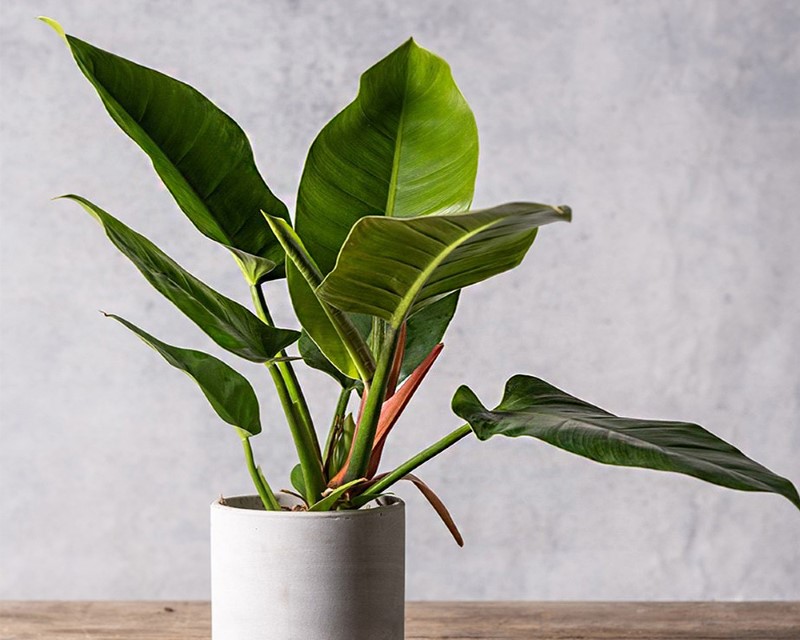
Philodendron ‘Imperial Green’
Common name:
Imperial Green Philodendron
Latin name:
Philodendron ‘Imperial Green’
Origin:
The hybrid Philodendron ‘Imperial Green’ is a cultivated variety, likely originating from various Philodendron species native to tropical regions of Central and South America
Air cleaning score:
8/10
Other varieties:
Other popular Philodendron varieties include Philodendron hederaceum (Heartleaf Philodendron), Philodendron bipinnatifidum (Selloum Philodendron), and Philodendron scandens (Sweetheart Plant)
Random Fact
Philodendron ‘Imperial Green’ is prized for its lush, glossy foliage and its ability to adapt well to indoor environments. Its heart-shaped leaves grow on long, trailing vines, making it ideal for hanging baskets or as a climbing plant with proper support. This variety is known for its vigorous growth and its ease of care, requiring moderate watering and indirect light to thrive indoors.
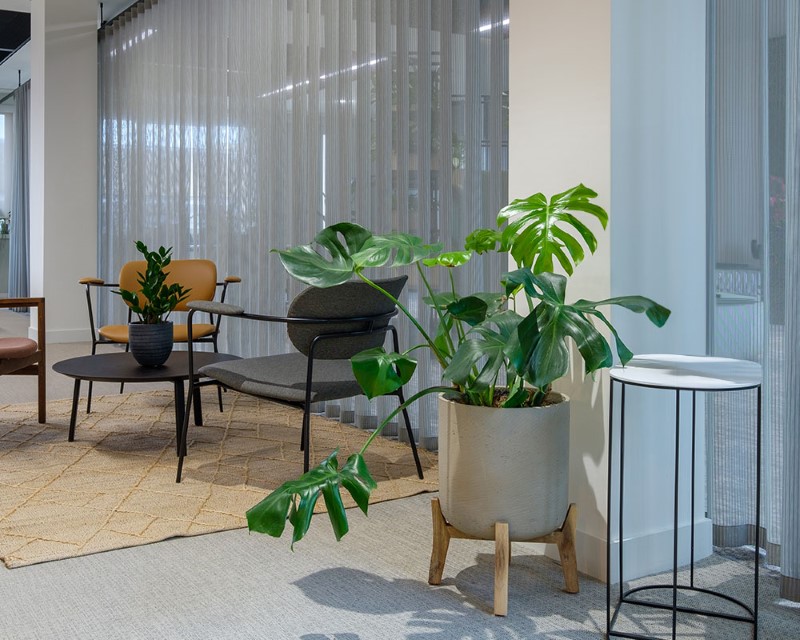
Monstera deliciosa
Common name:
Swiss Cheese Plant
Latin name:
Monstera deliciosa
Origin:
Native to the rainforests of Central America, particularly Mexico and Guatemala
Air cleaning score:
8/10
Other varieties:
Monstera adansonii (Swiss Cheese Vine) is a related species with smaller, more perforated leaves that trail and climb
Random Fact
Monstera deliciosa is not just a decorative plant but also a botanical marvel. Its iconic leaves, characterized by their dramatic, full-bodied splits and holes, are not just for aesthetics. In its natural habitat, these unique leaf features allow the plant to withstand heavy rainfall by letting water pass through without causing damage. Additionally, Monstera deliciosa is famous for its fruit, which gives it the species name “deliciosa.” When ripe, the fruit has a sweet, pineapple-like flavor, making it a rare treat for those lucky enough to cultivate this tropical beauty to maturity indoors.

Ficus Elastica ‘Robusta’
Common name:
Rubber Plant ‘Robusta’
Latin name:
Ficus elastica ‘Robusta’
Origin:
Cultivated variety originating from the species Ficus elastica, native to Southeast Asia, particularly India and Indonesia
Air cleaning score:
7/10
Other varieties:
Other cultivars of Ficus elastica include ‘Burgundy’ (with deep burgundy leaves) and ‘Tineke’ (featuring variegated leaves)
Random Fact
Ficus elastica ‘Robusta’ is a robust and hardy variety of the rubber plant known for its thick, glossy leaves that range from dark green to burgundy. Its durability and adaptability make it a popular choice for indoor plant enthusiasts looking to add a touch of lush greenery to their spaces. Interestingly, the rubber plant gets its name from its milky latex sap, historically used to produce rubber. Today, it’s cherished not only for its ornamental value but also for its ability to thrive in varying light conditions and its effectiveness in purifying indoor air by removing common pollutants.

Ficus Cyathistipula
Common name:
African Fig Tree or Water Fig
Latin name:
Ficus cyathistipula
Origin:
Native to tropical Africa, found in countries such as Kenya, Tanzania, and Uganda
Air cleaning score:
8/10
Other varieties:
Ficus elastica (Rubber Plant) and Ficus lyrata (Fiddle-leaf Fig) are other popular ficus species known for their distinct leaf shapes and growth habits
Random Fact
Ficus cyathistipula is a striking species known for its unique growth habit and impressive size. In its natural habitat, it can grow into a large, spreading tree with a broad canopy. Its glossy, dark green leaves and fig-like fruits add to its ornamental appeal. What makes this ficus particularly intriguing is its ecological role; it is often found near water sources and plays a crucial role in local ecosystems, providing food and shelter for various wildlife species. Additionally, its adaptability to different light conditions and its air-purifying qualities make it a desirable indoor plant choice for those seeking a touch of African tropical flair.
